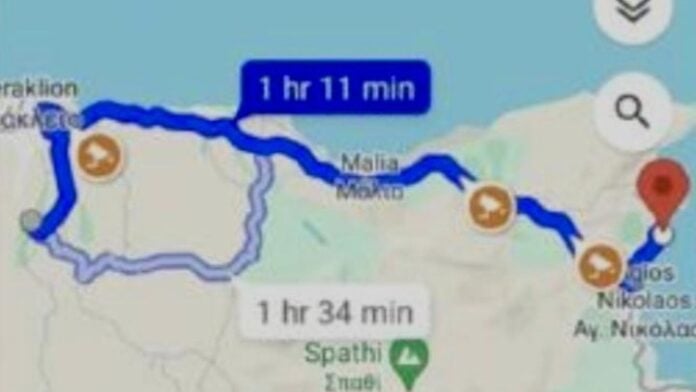Google’s fire alert tool expands to 15 countries in Europe and Africa, including Greece. It is a tool based on Artificial Intelligence and enables detailed monitoring of fire boundaries in Search, on Maps, and also through push notifications.
The countries that get it are the following: Andorra, Bosnia & Herzegovina, France, Greece, Spain, Italy, Kenya, Croatia, Cyprus, Montenegro, Monaco, Portugal, Rwanda, Slovenia and Turkey. The service was already available in the US, Canada, Australia, Brazil, Argentina, Chile and Mexico.
Accurate and reliable tracking
Google’s AI fire monitoring model is using multiple data sources, including satellite imagery data.
Wildfires are validated by comparing it to Google’s model of fire scars – that is, the shapes on the ground created after a fire has been contained – based on measurements from previous fires.
Other AI models are used to verify the existence of fires, and all of these together allow for more accurate and clear fire boundaries than using satellite imagery alone.
Accessible and useful information when people need it
Google has already mapped more than 40 wildfires in southern Europe, including fires in Spain, Greece and Cyprus last month – as well as others from Portugal to Kenya.
Google displays fire boundaries in Search and Maps and makes the information available through notifications, complementing existing efforts to help people access information and stay safe. In the first week of July, after fires broke out in Europe and Africa, about 1.4 million people viewed Google’s fire-related information.
Locating fire boundaries, the tool is useful for both residents of an area who speak the language and visitors who may not know the local language. These alerts are based on the user’s settings and language preference, enabling travelers during the tourist season to receive timely local fire information in their language.
Using navigation
The information also appears on Google Maps when using the navigation feature, helping travelers understand if there are wildfires near their route.
This is just one of the many ways Google is using Artificial Intelligence to help communities around the world adapt to the effects of climate change and the risks it poses. This feature has already been launched in countries affected by fires and is based on the quality of Google’s model in each country. As the company is constantly working to improve its services, it aims to expand to more countries to continue sharing important information with people when they need it.














